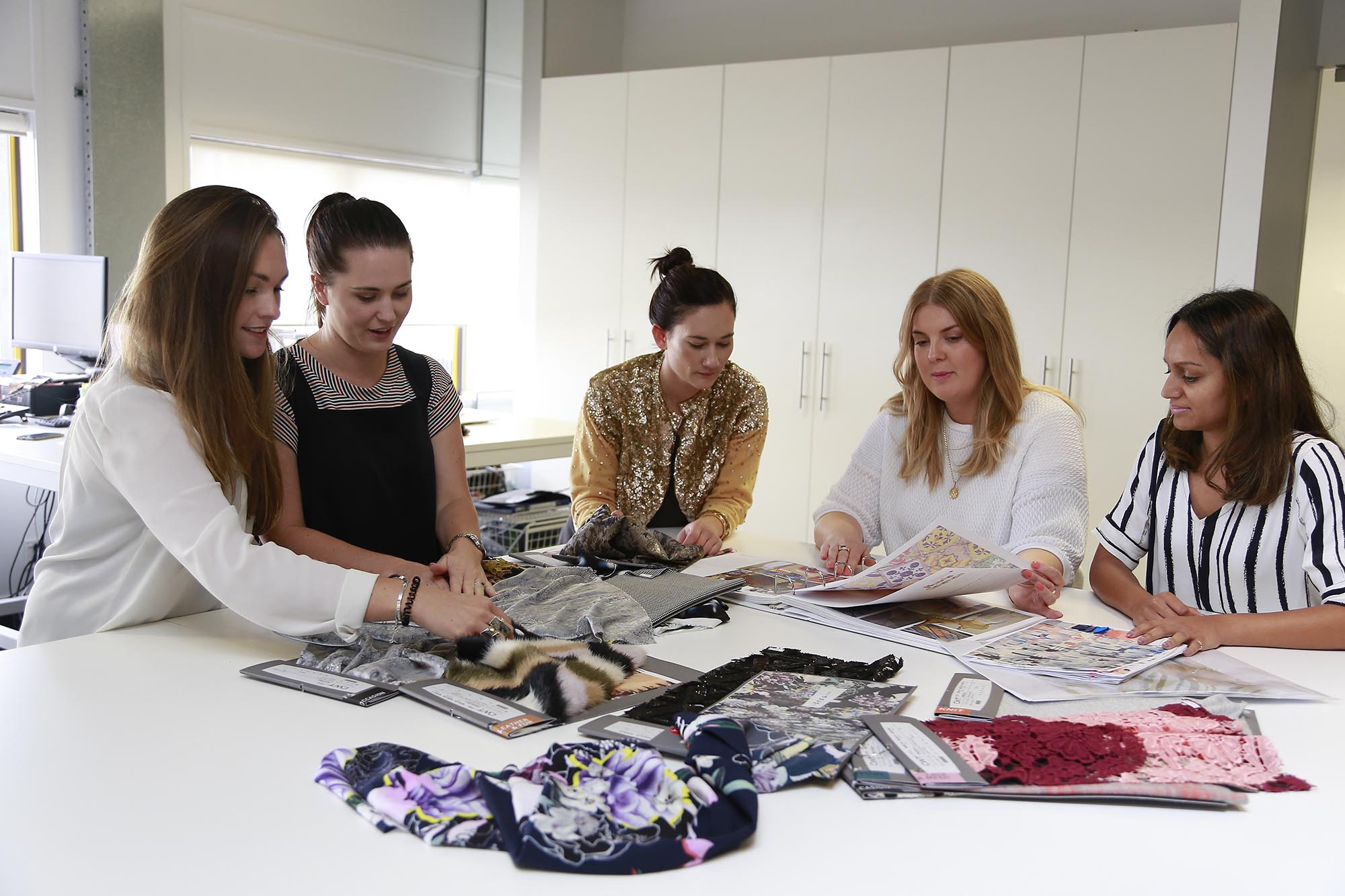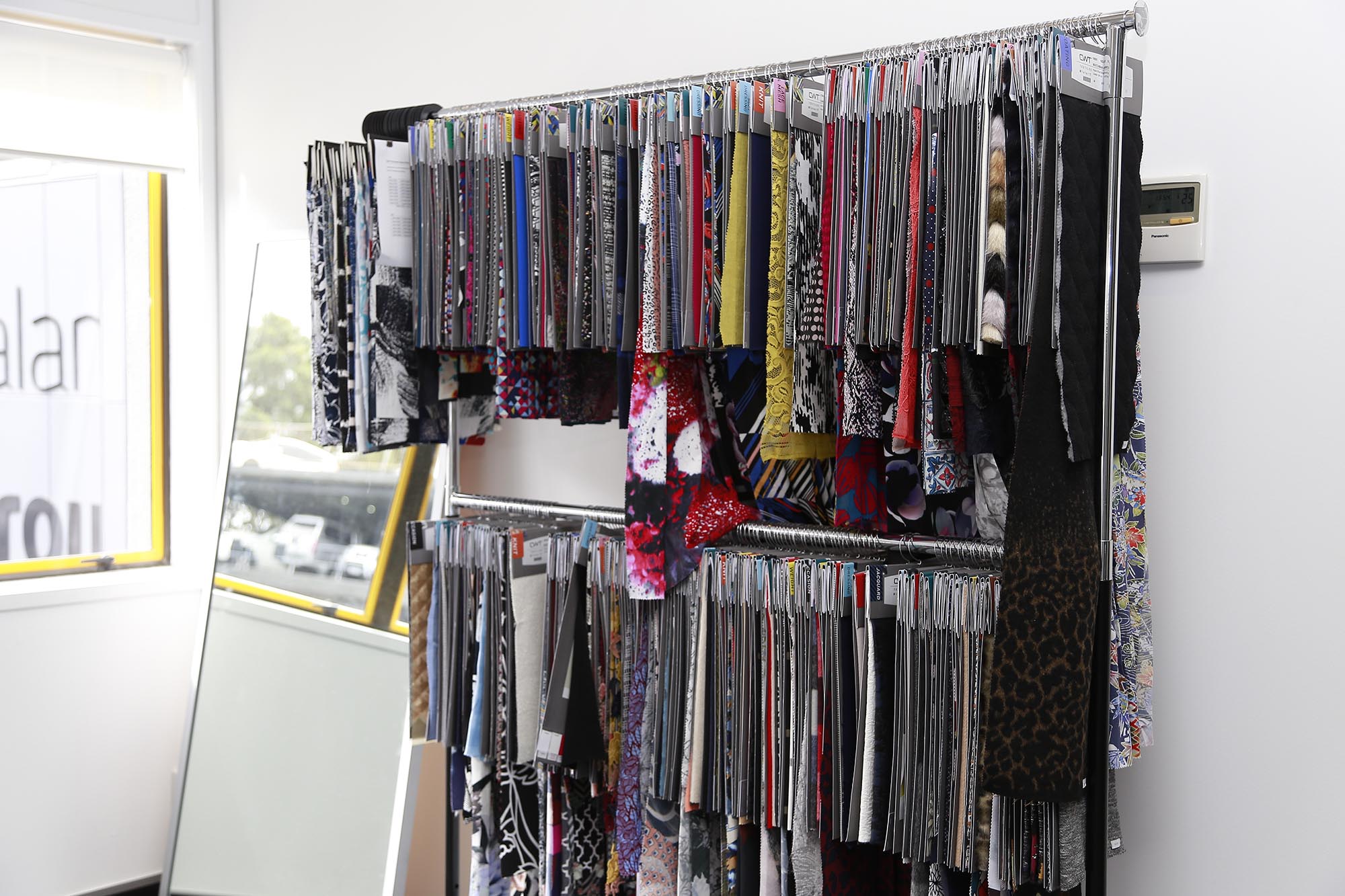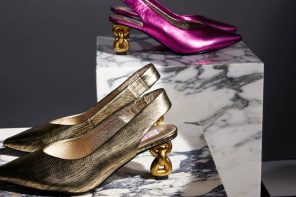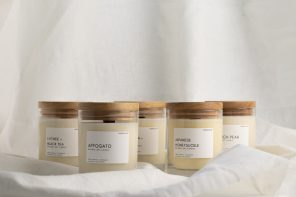Apparel spoke with Cooper Watkinson Textiles (CWT), the pre-eminent supplier of fashion fabric in the global market, to check in on how the company has evolved over the past 25 years, talk about industry changes and discuss what’s ahead. Formed by Paul Watkinson and Jack Cooper in 1990, Cooper Watkinson Textiles (CWT) was born 25 years ago to bring cutting edge fashion fabric to clothing manufacturers in Australasia. The partners set up CWT as a wholesale company to bring fashion fabric into the New Zealand and then Australian industry with two collections a year, summer and winter.
Until two years ago, the company didn’t change or transform substantially. It has been successful enough to be the market’s dominant player for at least 15-20 years and is in the top two to three now in Australia. CWT successfully traded for 24 years before being sold in April 2014 to Fashion Biz, the southern hemisphere’s largest uniform supplier and one of the world’s biggest, a global company with offices located in Australia, South Africa, Canada and America, aiming to bring the brand back to the way it used to be.
With support of their parent company, CWT was able to have a new focus on providing the best all round quality and service and is enabling the company to introduce their fabrics further afield than ever before.
Coming from a background in fashion and garment manufacturing and having previously worked in mass-market production for garments, CWT’s new general manager, Aldo Miccio was appointed in October 2014. He believes that the brand has always held a strong market presence.
“The industry changed about 20 years ago with offshore production. Places like Hong Kong were always going to be a threat to fabric sourcing. Fashion Biz were keen to acquire the brand,” Miccio said.
CWT have now increased their number of ranges per year to four, introducing new spring and autumn ranges for customers wishing to add more drops in store. These trans-seasonal offerings are complementary to the main summer and winter ranges, with sampling available earlier.
“New designs were needed more often, two seasons a year wasn’t enough, and so the company introduced spring and autumn that was a great way to enhance the brand offering. Also in addition to the spring and autumn range every six weeks we send out mini ranges. Things that are interesting, novel, new, and on trend.”
He said the market sees CWT as a leading fabrics supplier for fashion-forward brands.
“A lot of discussions and decisions were made to change the business model, such as the introduction of spring and autumn collections. We really believe this injection of fabrics fits the market perfectly.”
The design team regularly travels to London, New York, Paris and LA for shows to gather inspiration and to source the market’s latest, most desirable fabric, as well as to China, Korea, Taiwan and Japan to see latest innovations from the mills.
“We watch every single runway. They give us confirmation for what we predict will be the trends.”
CWT is also now offering full garment service, a decision that the company has taken to enhance their client service offering in the past year.
“In addition to our fabric offering we have introduced a garment service, which is a whole new direction for the brand, currently producing for five or six designers in New Zealand. That’s a way to secure the fabric market and provide extra service for our clients and introduce more fabric injections between traditional seasons.
“Since I’ve been here we’ve been quite aggressive in our export market, including London, New York, LA, Germany and Scandinavia. Our global market is growing and that’s our next step. We present to every design house in New Zealand. We are talking with all the leading designers,” Miccio said.
All of CWT’s suppliers have to go through a rigorous vetting process to make sure they make the grade. The company has preferred suppliers with whom they have long-standing relationships, and use the best mills available in each of their product areas and all quality is monitored continuously. Bulk fabric is inspected before departing their country of origin.
Miccio said it’s a long process of finding good reputable fabrics both externally and internally.
“In the garment industry, quality is always a major issue and is becoming more profound. We’re in a really unique position in that we deal directly with fabric mills. We generally source fabric for them direct, so there’s a better opportunity to control quality.”
Coming into the business, Miccio said there were already quality control and quality assurance systems in place. Last year CWT worked through fabric quality and eliminated factories that can’t supply to its required level.
“Over the past year and a half that’s one task we’ve been on top of.”
CWT’s clients are upper end womenswear designers such as Karen Walker and Andrea Moore.
“I think they’ve become more responsive to the markets. There are more injections into the seasons. They’ve changed in that respect and we’ve had to change to meet their requirements.”
Traditionally CWT has communicated directly with clients, being active on Facebook, Instagram and Twitter. CWT wants to reach out to designers themselves and have stronger engagement through social media.
“A lot of our clients are passionate fashion people. Through our social media we can engage with the consumer and trends that will be coming their way.
“We are going to look at re-branding and a re-fresh to ensure that the brand is relevant not only in New Zealand and Australia and also as we move progressively throughout Europe. Now the time is right, as we’ve had so much change.
“There are challenges in different markets. For us right now it’s introducing a new garment service, [for clients] to see us not only as a fabric company but also a end garment provider. We’ve hired about six new staff members for this, all with experience in the garment industry.”
CWT’s in-house design department design and source fabrics especially for clients, and can develop exclusive print design on a variety of fabric bases, both knits and woven, offering either digital or screen options for prints.
Inspiration for fabric design predominantly comes from CWT’s designers.
“They work together closely. They’re passionate and have a lot of autonomy. A lot of their inspiration comes from trips overseas and things they can do. They’re very creative people.
“We need to be commercially on trend. What we see come offshore we have to pick and bank on before the catwalk shows come out. We need to be ahead of what’s in the market trend.”
Great quality, flexible minimums and a quick turnaround are the company’s main point of difference. Miccio said CWT has the capacity and means to grow quickly, being owned by Fashion Biz.
Looking forward, CWT looks to grow global business sales and its new garment service.
“I strongly believe our points of difference are our quality and being fashion forward.”










